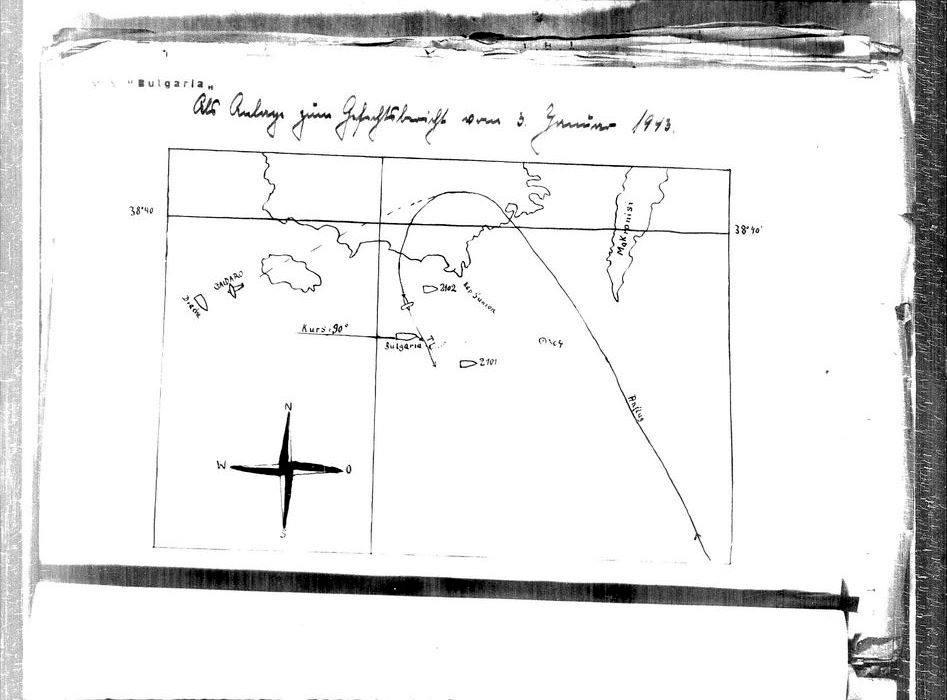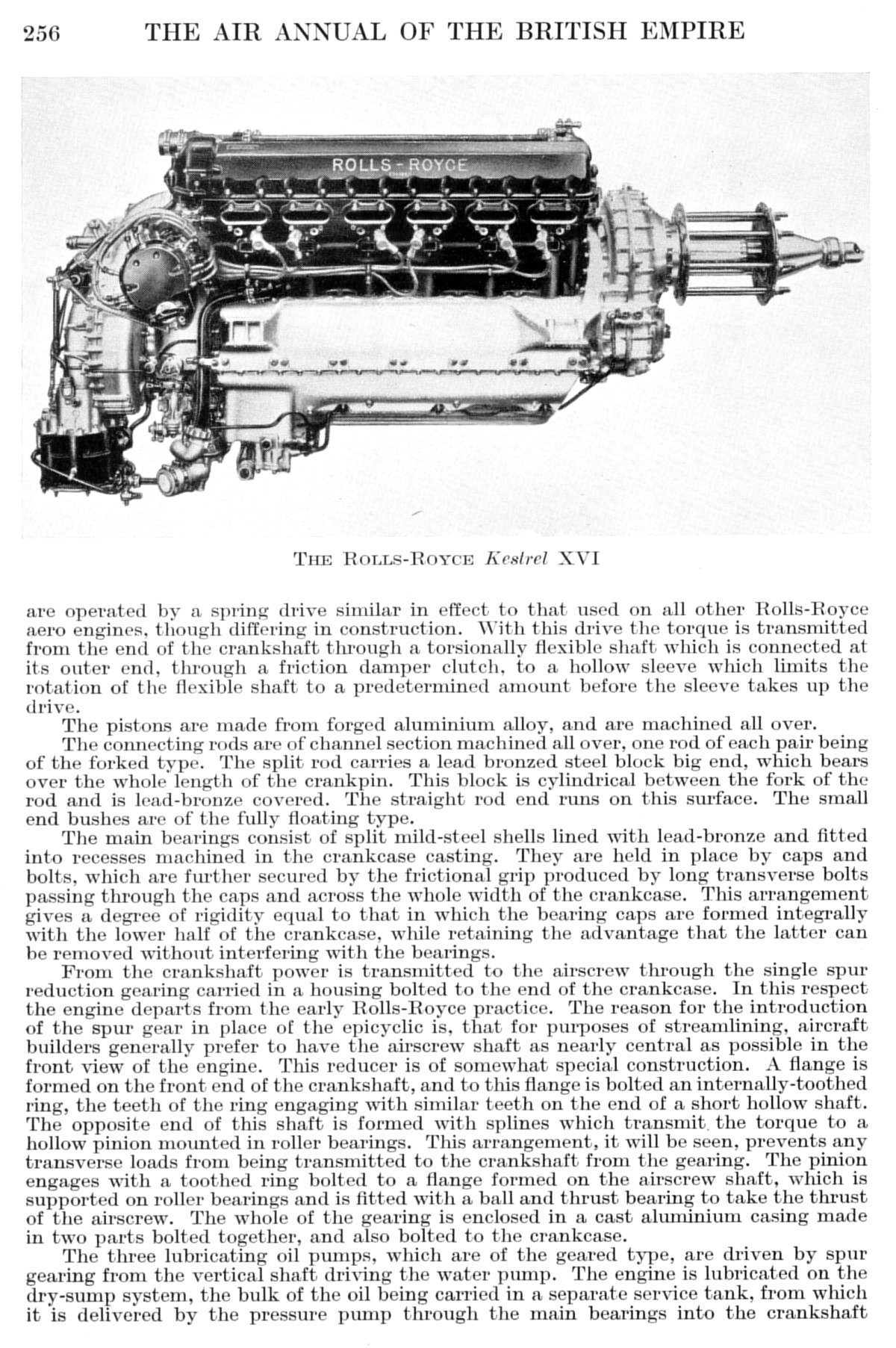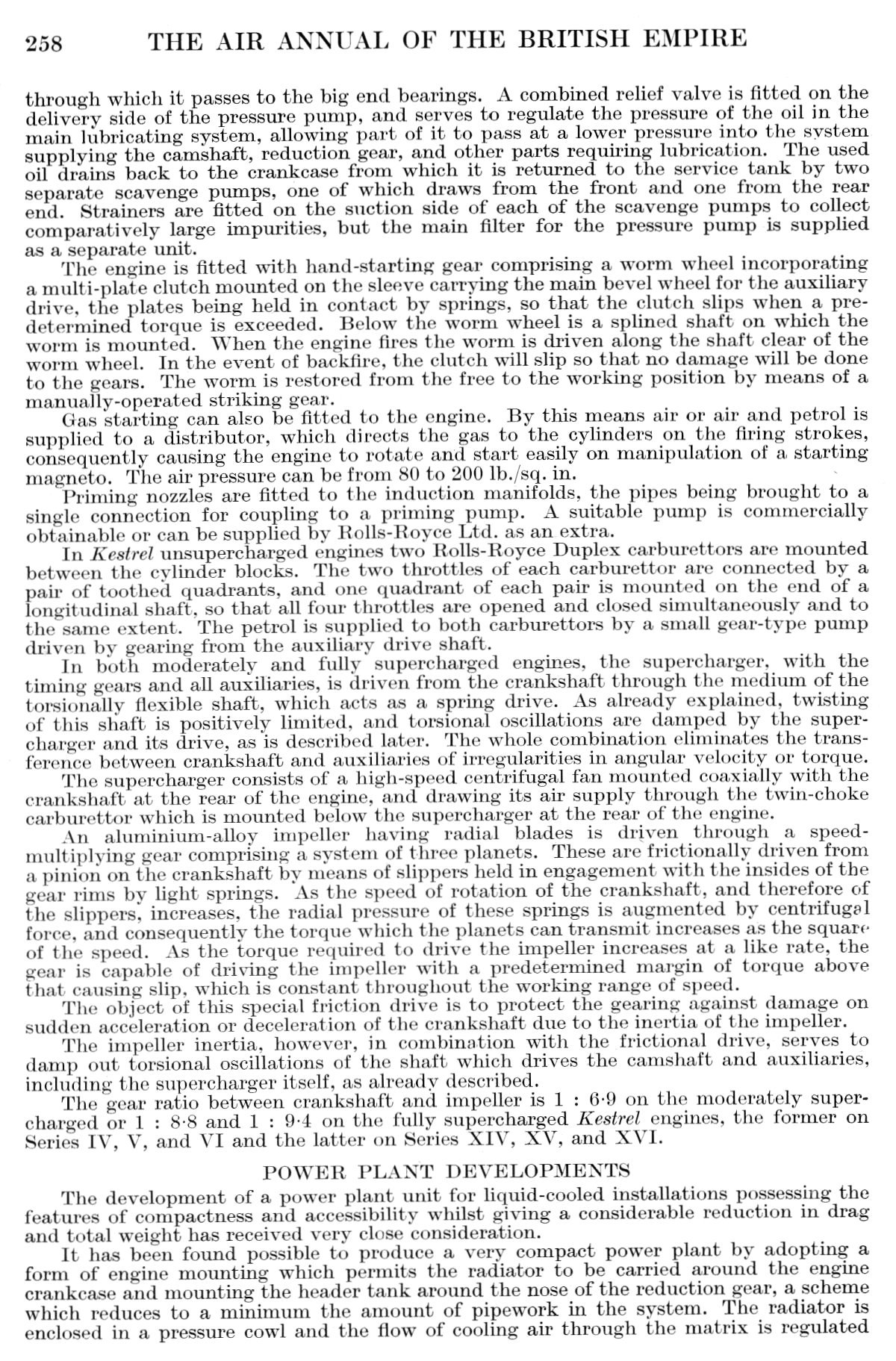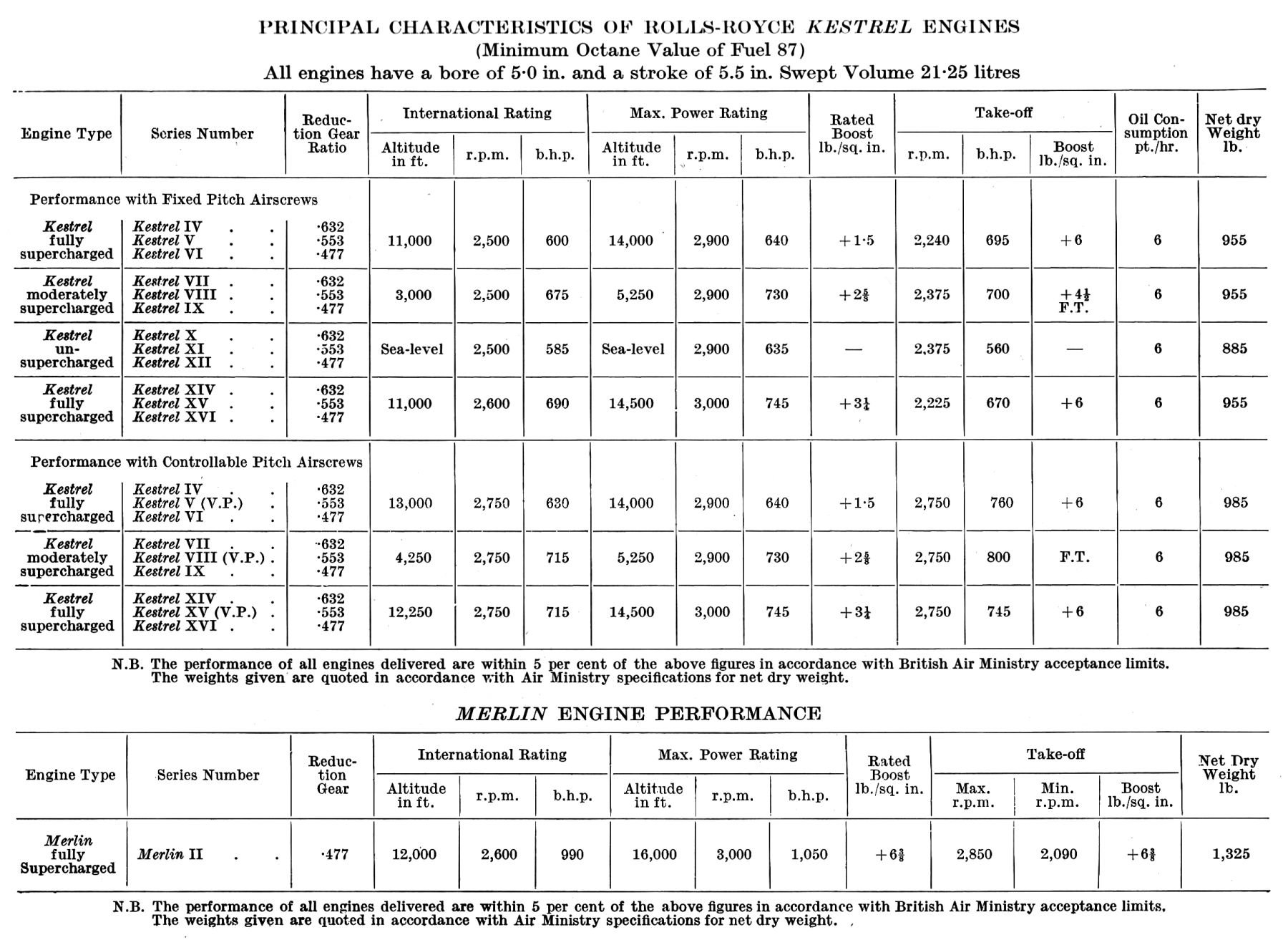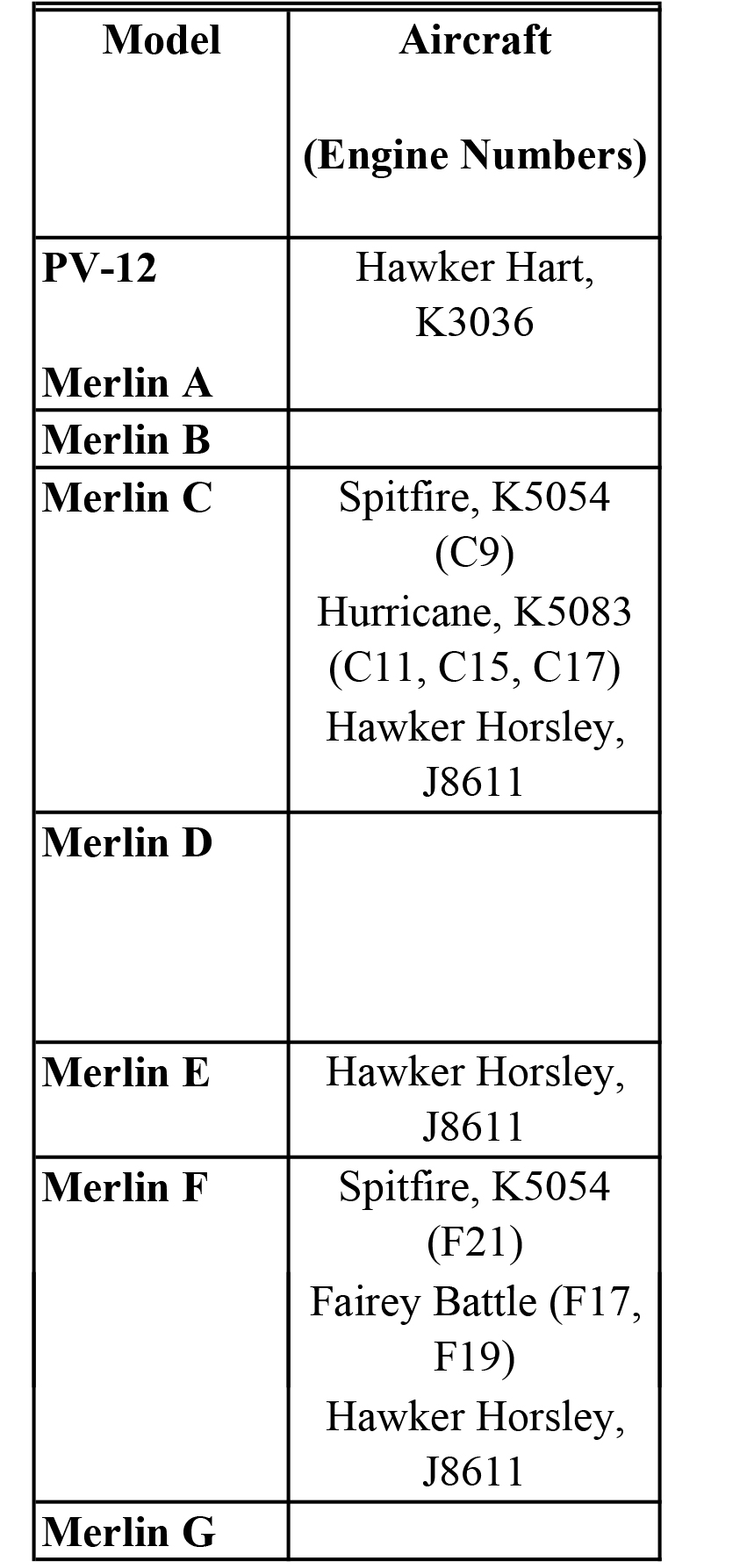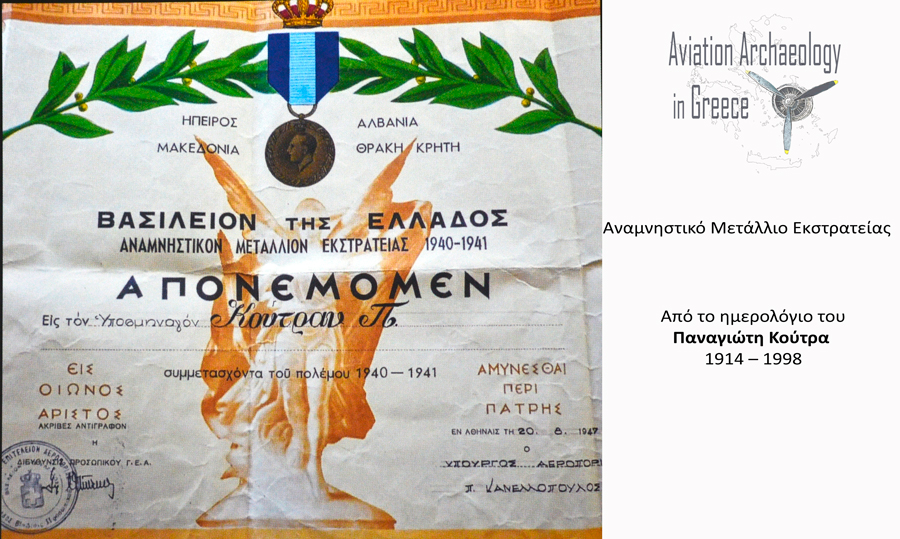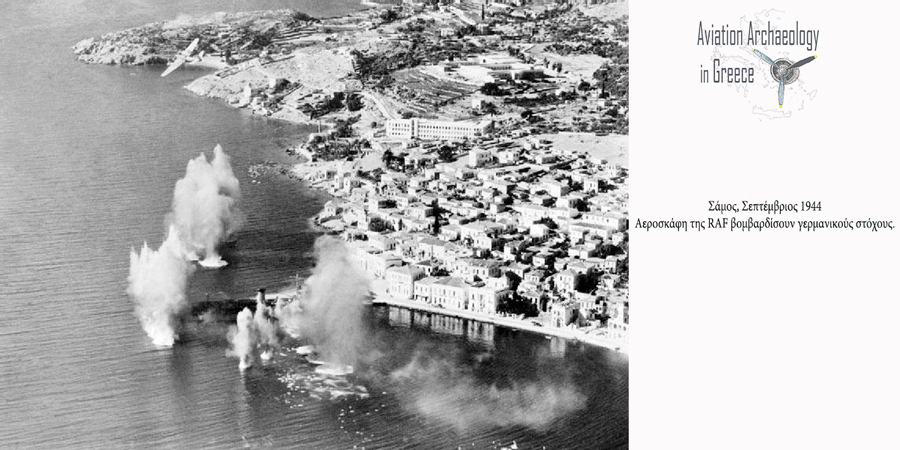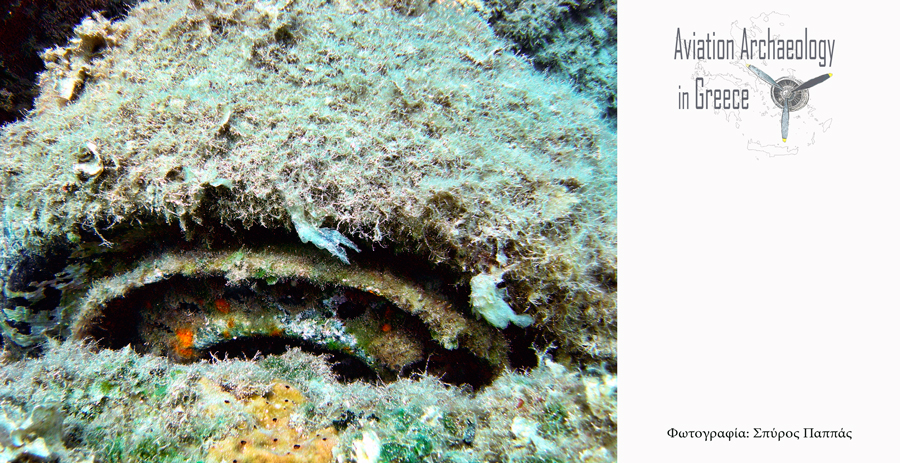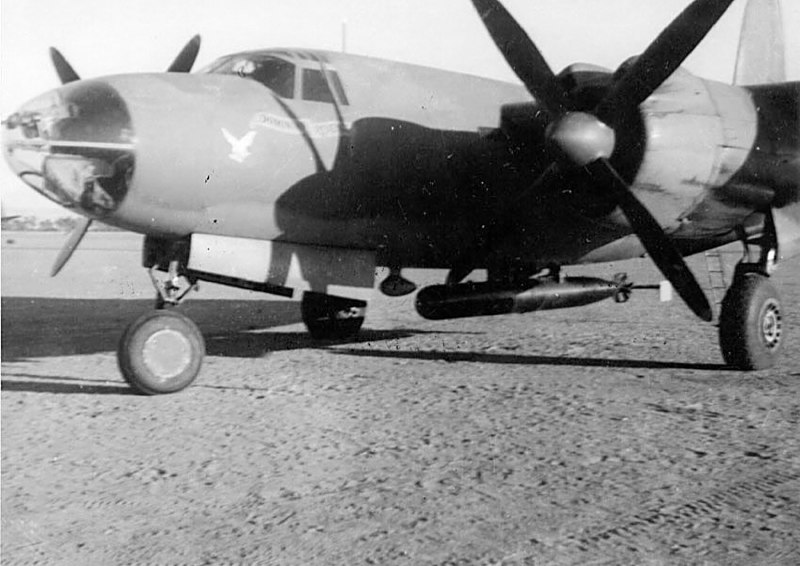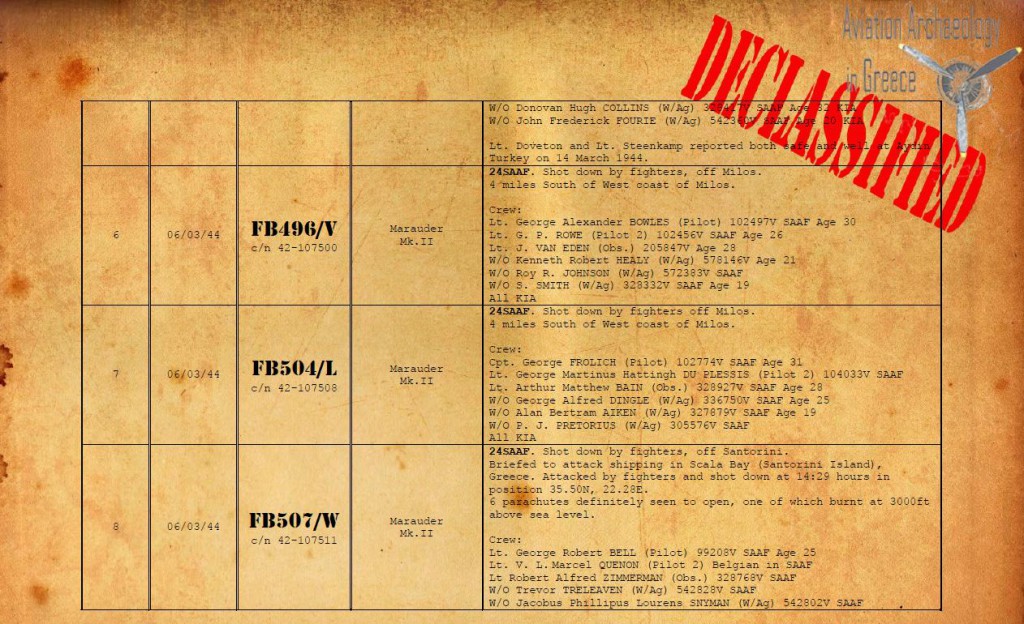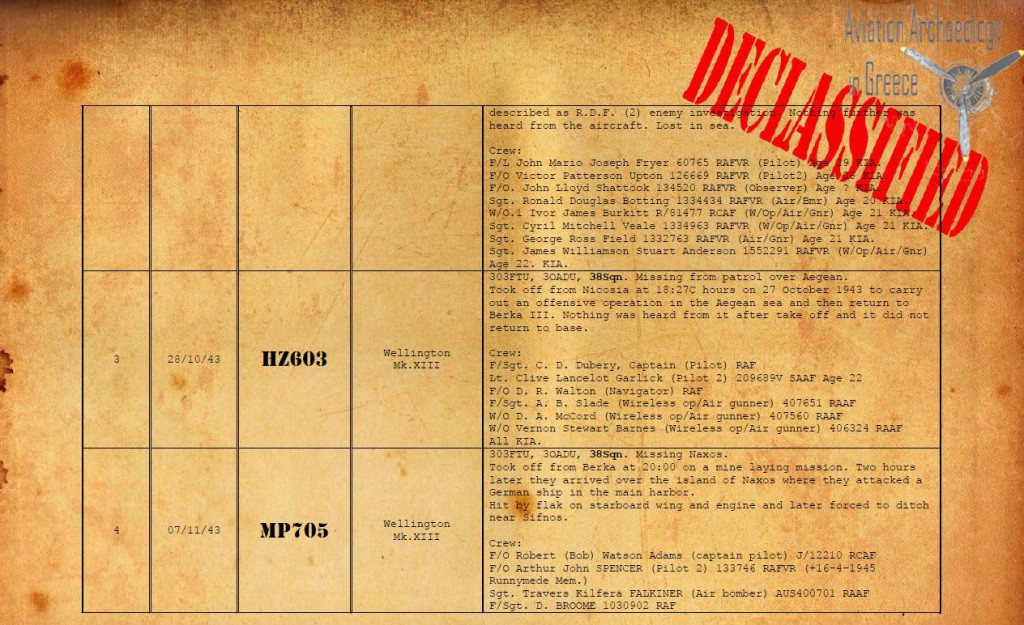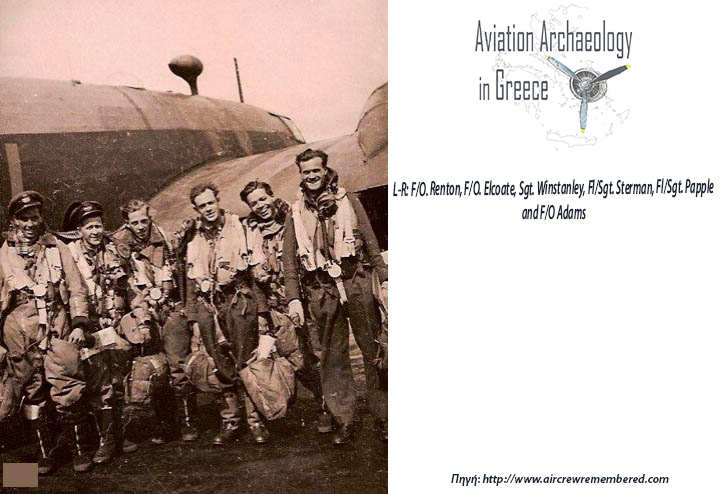Bristol Beaufighter TF Mk.X – Kefalonia Island
1 Αυγούστου 1944
Σύμφωνα με το ημερολόγιο επιχειρήσεων (Operations Record Book – ORB) της 252 Μοίρας της R.A.F. (Middle East Command), την 1η Αυγούστου 1944 σχηματισμός 4 αεροσκαφών απογειώνεται από την αεροπορική βάση κοντά στη Βεγγάζη, Λιβύη (“StationBerka”, Benghazi, Libya) για να εκτελέσει επιθετική αναγνώριση στα παράλια της δυτικής Ελλάδας.
Στις 08:20 και στη θέση 38°38’Β, 20°45’Α ο σχηματισμός χωρίζεται σε δύο ζεύγη (αεροσκάφος «B» με το «H» και το «R» με το «K») όπως είχε σχεδιαστεί, προκειμένου να ερευνηθούν διαφορετικές ζώνες. Το «B» φέρει ρουκέτες 60 λιβρών (60lb, 27 κιλών περίπου), ενώ τα υπόλοιπα ρουκέτες των 25lb (11 κιλών περίπου), πλέον των πυροβόλων τους.
No.252 Squadron RAF badge (The Spartan Shield)
Εντοπισμός και Επιδρομή
Στις 08:36 το πρώτο ζεύγος εντοπίζει δύο πλοία τα οποία θεωρήθηκαν ως σκάφη συνοδευτικά στόλου τύπου «F» (Flottenbegeleiter, a.k.a. “F” boat), μισό μίλι νοτίως της νήσου Οξειάς, στο βόρειο άκρο της εισόδου του Πατραϊκού Κόλπου. Το αεροσκάφος «H» εφορμά με το πυροβόλο σε ένα από τα πλοία και την ίδια στιγμή το αεροσκάφος «B» επιχειρεί να επιτεθεί στον άλλο στόχο αλλά αποτρέπεται από την προσέγγιση του πλοίου εντός του καταφυγίου του – την υψηλή ακτογραμμή της Οξιάς, έτσι απομακρύνεται εκτελώντας αριστερόστροφο κύκλο. Το αεροσκάφος «Β» παρατηρεί το «Η» να προσθαλασσώνεται στη θέση 38°14’Β, 20°54’Α καθώς επίσης και την πνευστή σωστική λέμβος που διέθετε, με ένα άτομο εντός αυτής και άλλο ένα στο νερό να την προσεγγίζει. Τα αντιαεροπορικά πυρά είναι έντονα και το «Β» υφίσταται ζημιές στο αριστερό φτερό και στην ουρά οπότε αποφασίζει να επιστρέψει στην βάση του.

Beaufighter raid off Kalymnos. IWM (C 4035)
Το άλλο ζεύγος αεροσκαφών μετά τον διαχωρισμό του σχηματισμού, συνεχίζει την σάρωση κατά μήκος της ακτογραμμής της νήσου Κάλαμος. Περίπου 5 λεπτά αργότερα εντοπίζει ένα σκάφος ανοιχτά της Οξειάς. Το αεροσκάφος «R» εφορμά πρώτο βάλλοντας με το πυροβόλο επιτυγχάνοντας πιθανά πλήγματα και έπειτα εκτοξεύοντας ζεύγος ρουκετών τα αποτελέσματα των οποίων δεν έγινε δυνατό να παρατηρηθούν. Τα αντιαεροπορικά πυρά είναι πλέον τόσο έντονα που το ίδιο αεροσκάφος πλήττεται, συγκεκριμένα στη βάση της δεξιάς πτέρυγας. Τότε το αεροσκάφος «Κ» ακολουθεί με ριπές του πυροβόλου του αλλά κατά την απομάκρυνση διαπιστώνει καπνό προερχόμενο από τον αριστερό κινητήρα, οπότε ενημερώνει μέσω του ασυρμάτου ότι χτυπήθηκε και ότι αλλάζει πορεία προς την Ιταλία, ενώ το αεροσκάφος «R» ενημερώνει ότι θα το συνοδεύσει. Όμως όταν στις 09:00 το «Κ» καταπέφτει στη θέση 38°00’Β, 20°57’Α το «R» υπερίπταται πάνω από το σημείο διαγράφοντας κύκλους για κάποια ώρα αλλά δεν βλέπει παρά συντρίμμια και μια αναποδογυρισμένη σωστική λέμβο.
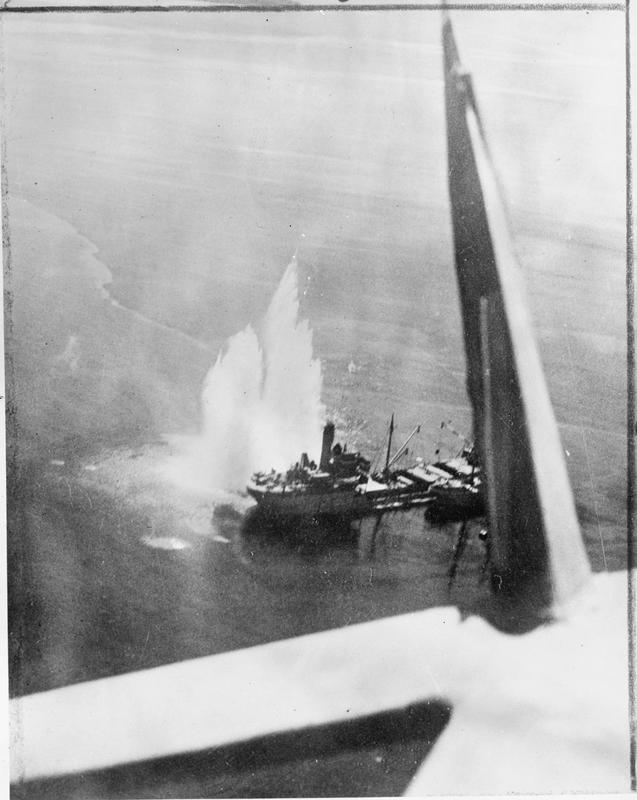
No.252 Squadron off Preveza collier GINETTO . IWM (C3815)

No.252 Squadron attacking CantZ501 in Preveza, 1943. IWM (CM 5296)
Η τύχη των πληρωμάτων
Οι απώλειες της ημέρας ήταν μεγάλες, καθώς ο πιλότος του «LZ 530» J.D. Clark ήταν ένας από τους πιο πολλά υποσχόμενους στην Μοίρα, ενώ για το πλήρωμα του «NE 636» αυτή ήταν η πρώτη επιχειρησιακή έξοδος.
Αργότερα στα υπηρεσιακά μητρώα ο CharlesG.G. Davis πιλότος του NE 636/Η αρχικά αναφέρεται ως αιχμάλωτος πολέμου στην Γερμανία, στο POWStalagLuftcampno.7 ενώ μεταγενέστερα επέστρεψε σώος στο Ηνωμένο Βασίλειο στις 13 Μαΐου 1945. Ο G. Waller αναφέρεται επίσης αιχμάλωτος αλλά και αυτός επέστρεψε στην Αγγλία.
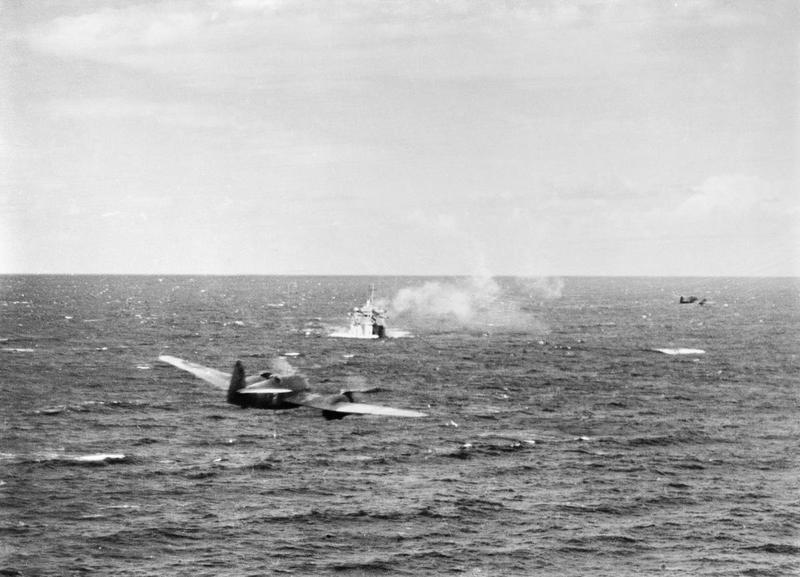
Beaufighter raid in the Aegean sea. IWM (C 4250)
Συνοπτικά, τα αεροσκάφη του 252 Squadron RAF Middle East Commandπου έλαβαν μέρος στην περιπολία ήταν:
Aircraft “B” «NE 254» Pilot S/L I.B. Butler, Nav. I.P. Cowl
Aircraft “H” «NE 636» Pilot W/O Charles Gordon Goodwin Davis, Nav. Sgt. George Norman Waller
Aircraft “R” «LZ 133» Pilot F/O J.A.T. Macintosh, Nav. R.H. Alderton
Aircraft “K” «LZ 530» Pilot P/O J.D. Clark, Nav. F/L E.A.C. Young
Eκ των οποίων κατέπεσαν τα:
1. BristolBeaufighterTFMk.X «NE 636/Η» (Νο.252 SqnRAF) από ΑΑ πυρά, στη θέση 38°14’Β, 20°54’Α.
2. BristolBeaufighterTFMk.X «LZ530/Κ» (Νο.252 SqnRAF) από ΑΑ πυρά, στη θέση 38°00’Β, 20°57’Α.
Οι πληροφορίες, η επεξεργασία και η επιμέλεια προέρχονται από έρευνα που πραγματοποίησε ο Τηλέμαχος Μπεριάτος, 2012-2015.
No. 252 Μοίρα RAF
Αεροσκάφη της αποτέλεσαν απόσπασμα που επιχειρούσε από την Μάλτα από τον Μάιο 1941, εξοπλισμένο με τα πρώτα μαχητικά της έκδοσης BeaufighterMk.IC- βαρέα μαχητικά μακρού βεληνεκούς, που ανέλαβαν υπηρεσία. Αυτά αποδείχτηκαν τόσο αποτελεσματικά εναντίον θαλάσσιων στόχων, αεροσκαφών και στόχων ξηράς που η CoastalCommand έγινε ο κύριος χρήστης του Beaufighter, αντικαθιστώντας τα πλέον παρωχημένα Beaufort και Blenheim. Στις 15 Ιουνίου 1941 το Μεσογειακό απόσπασμα αναδιοργανώθηκε σε Μοίρα. Επιδρομές σε νηοπομπές και παραθαλάσσιους στόχους στην Ανατολική Μεσόγειο διεξάγονταν από βάσεις στην Αίγυπτο (στο Idku) ως τμήμα της Νο.272 Μοίρας και στις 14 Νοεμβρίου 1941 η Νο.252 ανασυστάθηκε. Μετά από την κατάληψη αεροδρομίων στη Λιβύη στις αρχές του 1943, η Μοίρα διεξήγαγε θαλάσσιες περιπολίες γύρω από την ηπειρωτική Ελλάδα και την Κρήτη και τον Φεβρουάριο 1945 μεταφέρθηκε στην Ελλάδα όπου παρέμεινε έως την 1η Δεκεμβρίου 1946 όταν διαλύθηκε οριστικά.
Οι κωδικοί της Μοίρας (Squadroncodes) ήταν οι εξής:
«GW» Απρίλιος 1939 – Σεπτέμβριος 1939
«PN» Νοέμβριος 1940 – Μάιος 1941
«BT» Μάιος 1941 – Νοέμβριος 1942
Αεροσκάφη που χειρίστηκε:
BeaufighterMk.IC Μάιος 1941 – …
BristolBeaufighterMk.X Ιούνιος 1944 – Δεκέμβριος 1946
(Ιστορία της Μοίρας: http://www.raf.mod.uk/history/252squadron.cfm)
(Φωτογραφίες: Imperial War Museum – IWM, UK)










